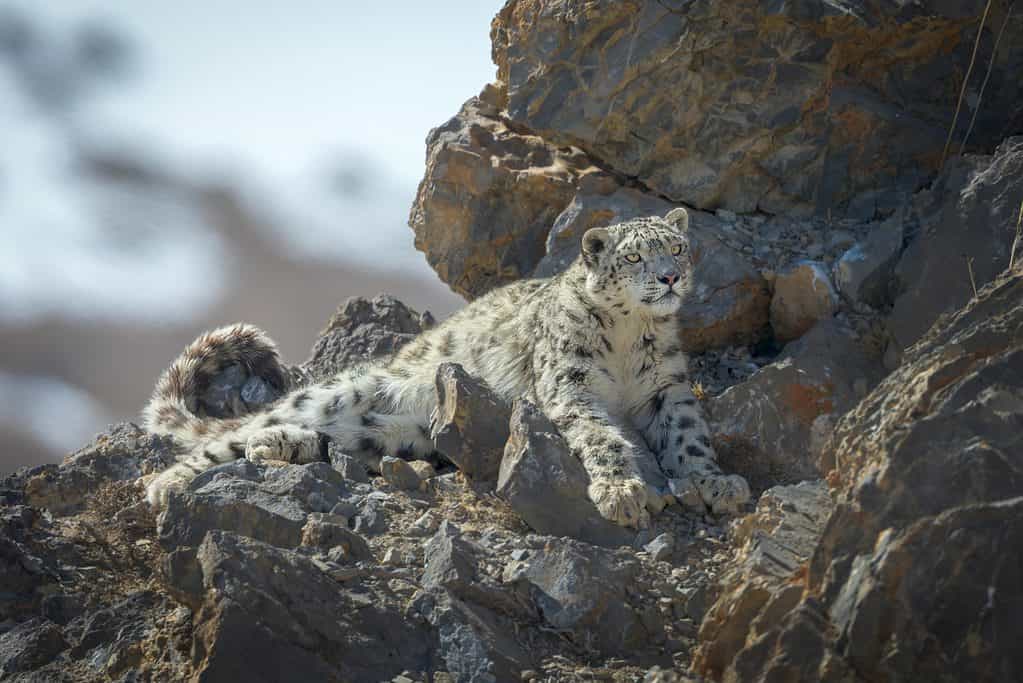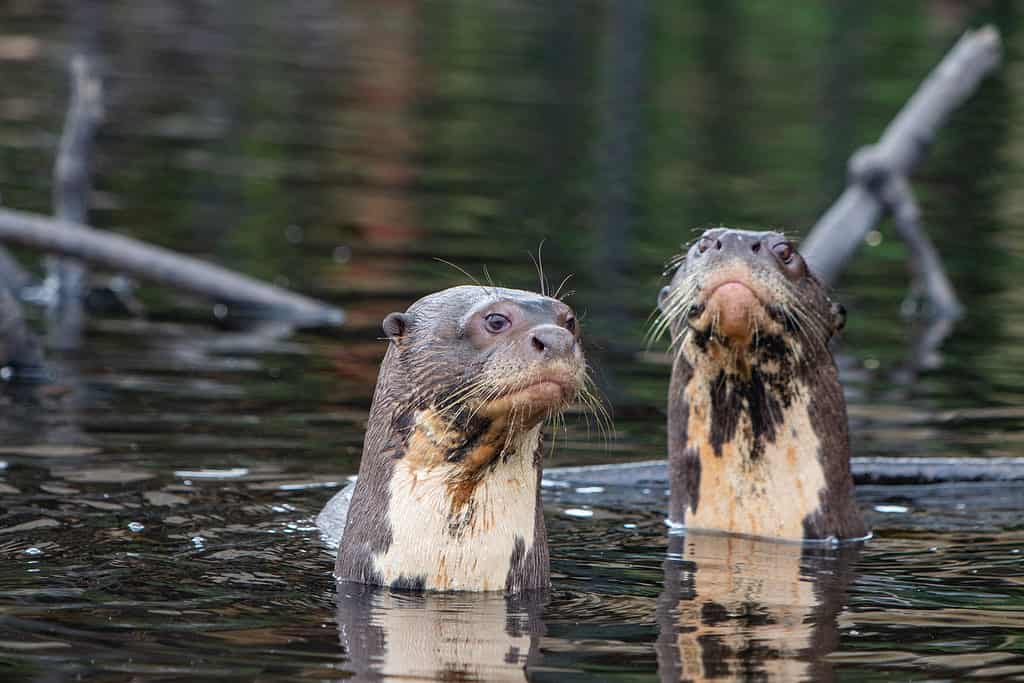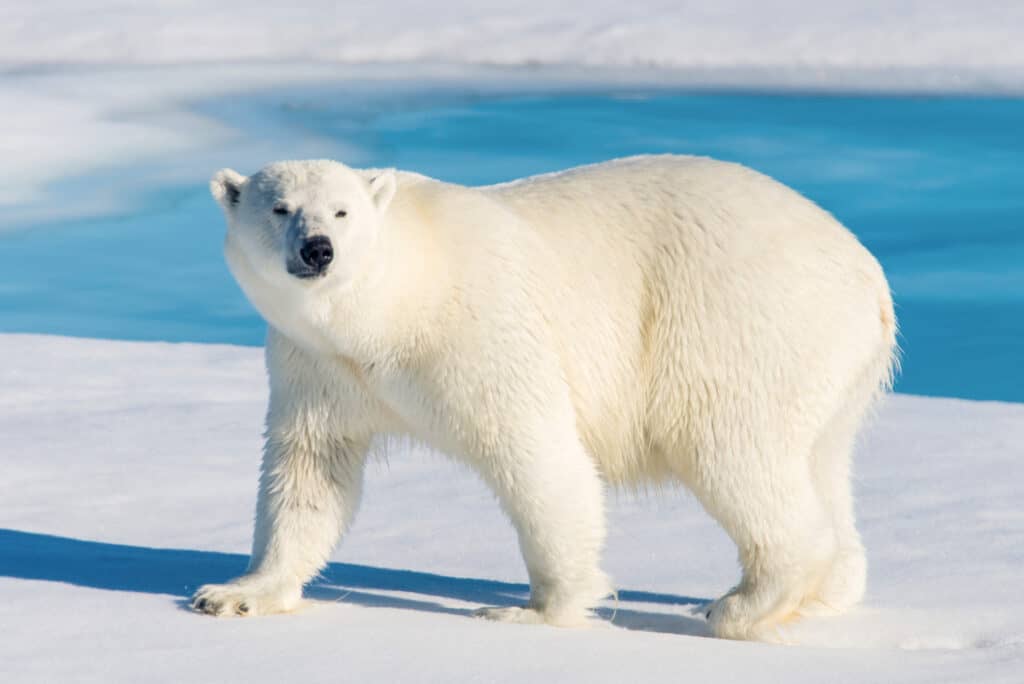Animals that show off their luxurious fur coats also have an additional layer before the skin. That layer is called the underfur.
Underfur Definition
According to Merriam-Webster, underfur is:
“: an undercoat of fur especially when thick and soft”
Underfur Pronunciation
Un·der·fur; ˈən-dər-ˌfər
What is the Underfur of an Animal?
Many mammals have a thick coat of fur covering their bodies. This layer protects them from the elements and helps add a defensive layer against attacks. It also helps keep them warm during the winter, provides a layer of camouflage to help them hide from predators, and can serve some sensory purposes. However, the critical purpose of fur is to ensure appropriate thermal regulation.
To the naked eye, fur may be one continuous layer. But multiple components make up the overall fur coat. Underfur is one of those layers.
Fur Layers
There are three main layers to mammalian fur. Each one of them has a distinctive type of hair. And all three layers get shed at specific times of the year. This process allows new, healthier fur to grow in its place.
Underfur
This layer is the first layer of fur and is closest to the skin. It has many other common names, including down hair, undercoat, ground hair, and under hair. It is the softest layer, with no sharp or pointy edges. There are no straight sections of underfur. They are all wavy or curly. These flat hairs usually make up the bulk of the fur coat. And they serve a very critical purpose. The underfur, or down hair, facilitates thermoregulation.
Awn Hair
This layer serves as a sort of middleman between the underfur and the primary (or top) fur layer. It is most prominent in mammals with a thicker coat of fur overall.
Guard Hair
The top layer of fur is called the guard hair. And it has an apt name. Guard hair helps offer protection against the elements, cuts, and scrapes and provides camouflage. These hairs are typically thicker and longer.
It is important to note that not all mammals have fur in the traditional sense. But even those animals have fine, whiskery hairs that are visible upon closer examination. However, those fine hairs are not underfur. Animals without a thick fur coat have a layer other than underfur to help with thermoregulation.
Additionally, the thickness and volume of down hair will vary greatly by animal. Some require a much thicker layer, while others have a more minimal amount of underfur.

One of the many uses of fur is to help camaflogue the animals – from predator and prey.
©Sagephotography.in/Shutterstock.com
What is Underfur Made of?
Underfur has the same composition as nails, hair, and hooves. These are all made from a substance called keratin. Keratin is a structural protein that helps form many types of protective barriers, including underfur. This protein is one of the toughest produced in vertebrate animals.
What Animals Have Underfur?
Since the undercoat is a component of the overall fur coat, only mammals with a fur coat have a layer of down hair. And that list is quite extensive. Here is a small sampling of land animals that have underfur.
- Foxes (Canidae)
- Bears (Ursidae)
- Rabbits (Leporidae)
- Lemurs (Lemuroidea)
- Gorillas (Gorilla)
- Leopards (Panthera pardus)
- Coyotes (Canis latrans)
- Wolves (Canis)
However, land mammals are not the only creatures with underfur to protect their delicate skin and regulate body temperature. Some animals that prefer hanging out in the water also have this protective layer of hair. These include:
- Seals (Pinnipedia)
- Otters (Lutrinae)
- Beavers (Castor)
- Sea Lions (Otariinae)
- Muskrat (Ondatra zibethicus)
- Nutria (Myocastor coypus)
- American Minks (Neovison vison)
- Water Voles (Arvicola)
Many of your favorite pets also have a layer of underfur. It is easy to feel the softer underfur on cats or dogs when you pet them.

Otters have thick coats of fur to keep them waterproof and to ensure they remain warm during colder months.
©Johnny Giese/Shutterstock.com
When Did Underfur Evolve?
Scientists are unsure about when underfur evolved. That is due to a lack of any fossilized evidence. So our understanding of underfur in the grander evolutionary scheme is merely speculative. However, we do know that it likely coincides with the development of endothermy. This process allows mammals to produce their own body heat, thus making them warm-blooded creatures.
Underfur is a critical component of the endothermic process since it is the layer of fur closest to the skin. This layer ensures that whatever heat the body generates stays in the body and does not get lost to the elements.

Since polar bears live in a cold environment, they require a tick layer of underfur to help regulate heat and ensure they stay warm.
©iStock.com/Alexey_Seafarer



